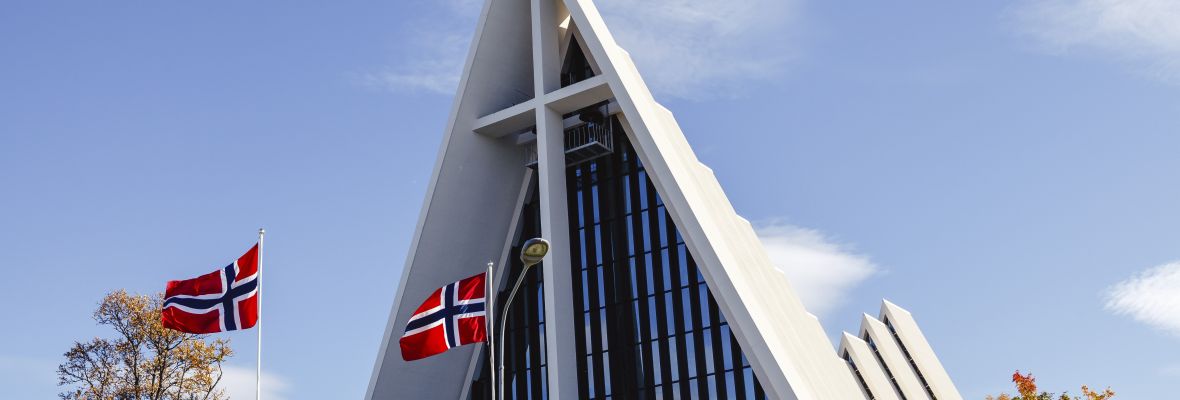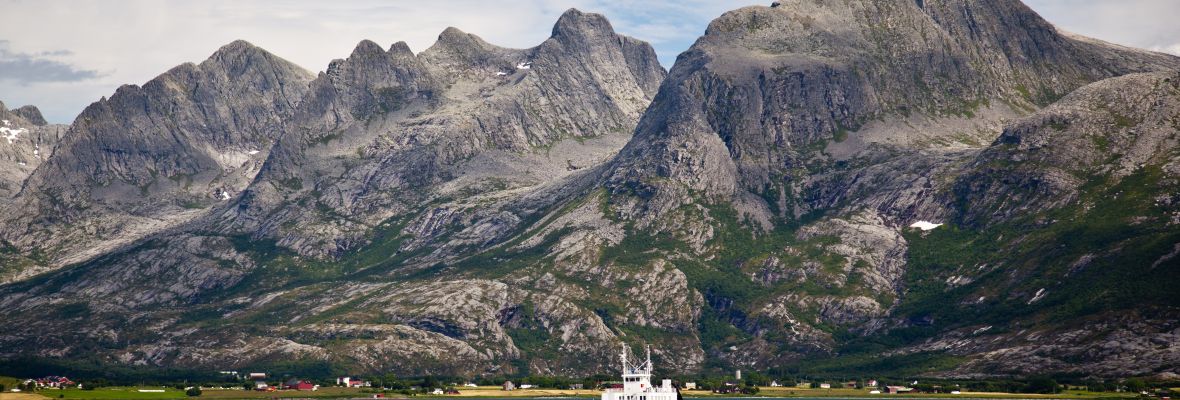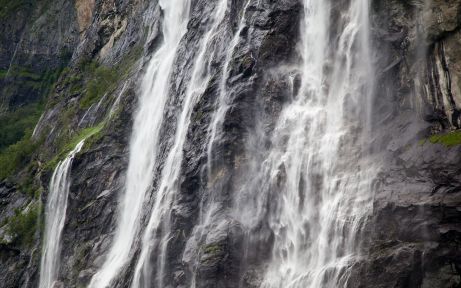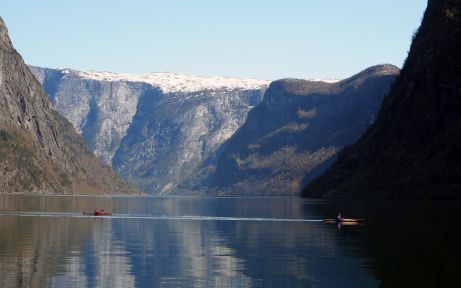Exciting changes are on the way!
As part of our merger with Polar Latitudes, we’re refreshing key elements of our website to reflect this new chapter. Discover more in our latest news update.
Join us on our expedition, Explore The untouched nature and breathtaking views of Norway.
Visit Norway’s rugged landscapes, with towering fjords, snow-capped peaks, and deep, peaceful valleys dotted with quaint villages. Crisp air sweeps through pine forests, while glaciers glisten in the distance.
Norway is home to the Vikings and the midnight sun, where you can sip the famous aquavit. Some have a smooth herbal taste, while others carry a sharp, warming kick.
In the north, the Northern Lights fill the sky during the winter, offering a glimpse of nature at its most striking.
Area of Norway
Population of Norway
Facts about Norway
- Europe
- Norway








